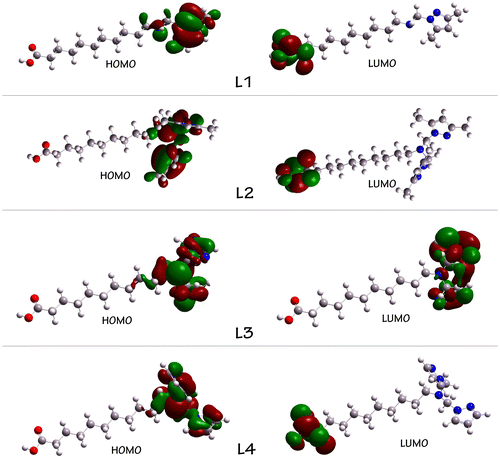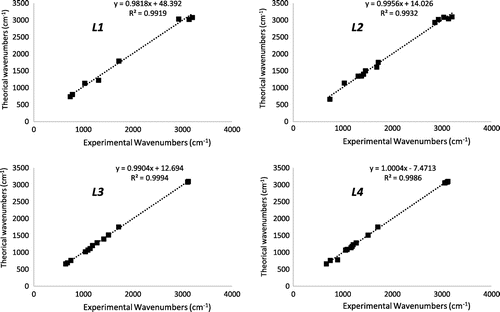Cogent Chemistry
Volume 2, 2016 - Issue 1
Open access
1,233
Views
19
CrossRef citations to date
0
Altmetric
Research Article
High liquid–liquid extraction selectivity of Fe(II) and Pb(II) with TD-DFT theoretical calculations of long chain acid pyrazole- and triazole-based ligands
Morad LamsayahLCAE-URAC18, COSTE, Faculté des Sciences, Département de Chimie, Université Mohamed Premier, BP524, Oujda60000, Morocco;Faculté Pluridisciplinaire de Nador, Université Mohamed Premier, BP300, Selouane62700, Nador, MoroccoView further author information
, Mohamed KhoutoulLCAE-URAC18, COSTE, Faculté des Sciences, Département de Chimie, Université Mohamed Premier, BP524, Oujda60000, MoroccoView further author information
, Abdelilah TakfaouiLCAE-URAC18, COSTE, Faculté des Sciences, Département de Chimie, Université Mohamed Premier, BP524, Oujda60000, MoroccoView further author information
& Rachid TouzaniLCAE-URAC18, COSTE, Faculté des Sciences, Département de Chimie, Université Mohamed Premier, BP524, Oujda60000, Morocco;Faculté Pluridisciplinaire de Nador, Université Mohamed Premier, BP300, Selouane62700, Nador, MoroccoCorrespondence[email protected]
View further author information
| View further author information
Juan Ignacio MeloUniversidad de Buenos Aires Facultad de Ciencias Exactas y Naturales, ArgentinaView further author information
(Reviewing Editor)
Article: 1230359
|
Received 09 Jun 2016, Accepted 25 Aug 2016, Published online: 12 Sep 2016
Related research
People also read lists articles that other readers of this article have read.
Recommended articles lists articles that we recommend and is powered by our AI driven recommendation engine.
Cited by lists all citing articles based on Crossref citations.
Articles with the Crossref icon will open in a new tab.

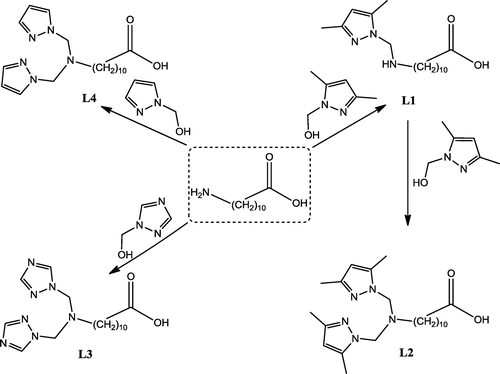
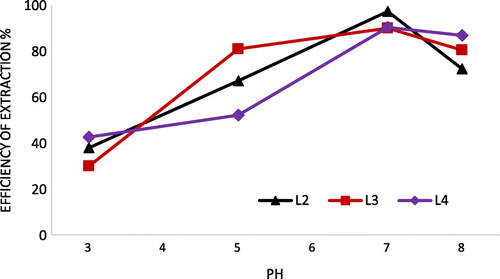
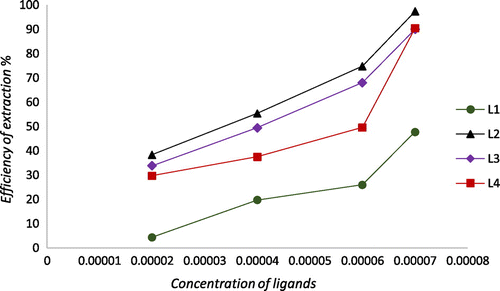
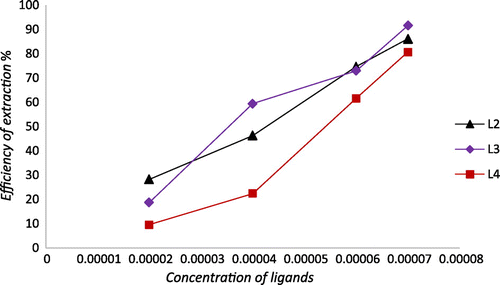
![Figure 5. log D vs. log [L] for the extraction of Fe2+ using L1–L4.](/cms/asset/933bbdc9-226c-4dad-973c-6a033badd3a1/oach_a_1230359_f0005_oc.gif)
![Figure 6. log D vs. log [L] for the extraction of Fe2+ using L2–L4.](/cms/asset/8fb32205-518d-4fa1-a791-935d36bc5595/oach_a_1230359_f0006_oc.gif)
